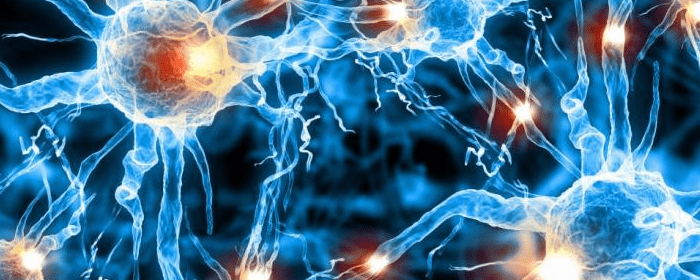For most conditions, stem cells can be administered into the bloodstream (into an artery or vein). However, patients who wish to have stem cell treatment for neurological conditions are faced with overcoming the blood-brain barrier. As the name indicates, the blood-brain barrier is a barrier between the bloodstream in the central nervous system, which includes the brain and spinal cord. Oxygen and some small molecules can cross the blood-brain barrier, but other molecules and cells cannot. Thus, to treat neurological conditions, stem cells must somehow reach the brain tissue. There are two ways that will accomplish this and they are through the intranasal and intrathecal methods. We want to show the comparisons of these two methods so you can determine which route is right for you.
Intranasal Method:
While virtually all the central nervous system is protected by the blood-brain barrier, there is a small patch in the top of the nasal cavity with no effective barrier. This patch is how we smell things so effectively, but it also can be used as a passageway for the stem cells to reach the brain tissue. Using the intranasal method, the physician numbs the area with a local anesthetic and injects stem cells into the passageway using a thin needle. General anesthesia is not required, and patients can leave soon after the procedure—no hospital stay is required. Intranasally is an excellent way of administering stem cells to the nerves along the olfactory pathway (the nerves involved in the sense of smell). Specifically, intranasal stem cell administration can be used to treat patients with Alzheimer’s disease, Parkinson’s disease, multiple sclerosis, and frontal lobe dementia, as well as other neurological conditions.
Intrathecal Method:
The intrathecal method delivers the stem cell into the cerebral spinal fluid or CSF. Intrathecal administration is quite like a spinal tap (a.k.a. lumbar puncture) though instead of drawing out a sample of CSF, physicians inject stem cells into the CSF. And just like a spinal tap, the physician numbs the area with a local anesthetic and then inserts a small needle into the lower back (the patient lies in the fetal position). The stem cells are then able to cross the blood-brain barrier by being placed directly in the CFS since the CSF naturally circulates around the brain and spinal cord. This also allows the stem cells to reach a wide range of nerve cells throughout the central nervous system. Ideally, the intrathecal method is ideal for most neurological conditions, especially for those that affect areas near CSF such as Parkinson’s disease, multiple sclerosis, Alzheimer’s disease and Post-stroke.
Comparing both methods:
Your stem cell physician will help determine and suggest which route is more optimal for your specific condition and needs. In general, the intrathecal method is more commonly suggested for neurological conditions since it allows the stem cells to be widely distributed across the brain tissues, and especially conditions relative to the spinal cord. The intranasal approach is more custom for conditions affecting the frontal or temporal lobes of the brain or if there are concerns of successful administration of the stem cells into the lumbar space with the intrathecal approach. In certain cases, patients may be able to choose one approach over the other if they have a preference. Overall, both will cross over the blood-brain barrier but the decision of which is best must be determined based on a few factors; safety, preference, and optimal opportunity.


 St. Petersburg, Florida
St. Petersburg, Florida
